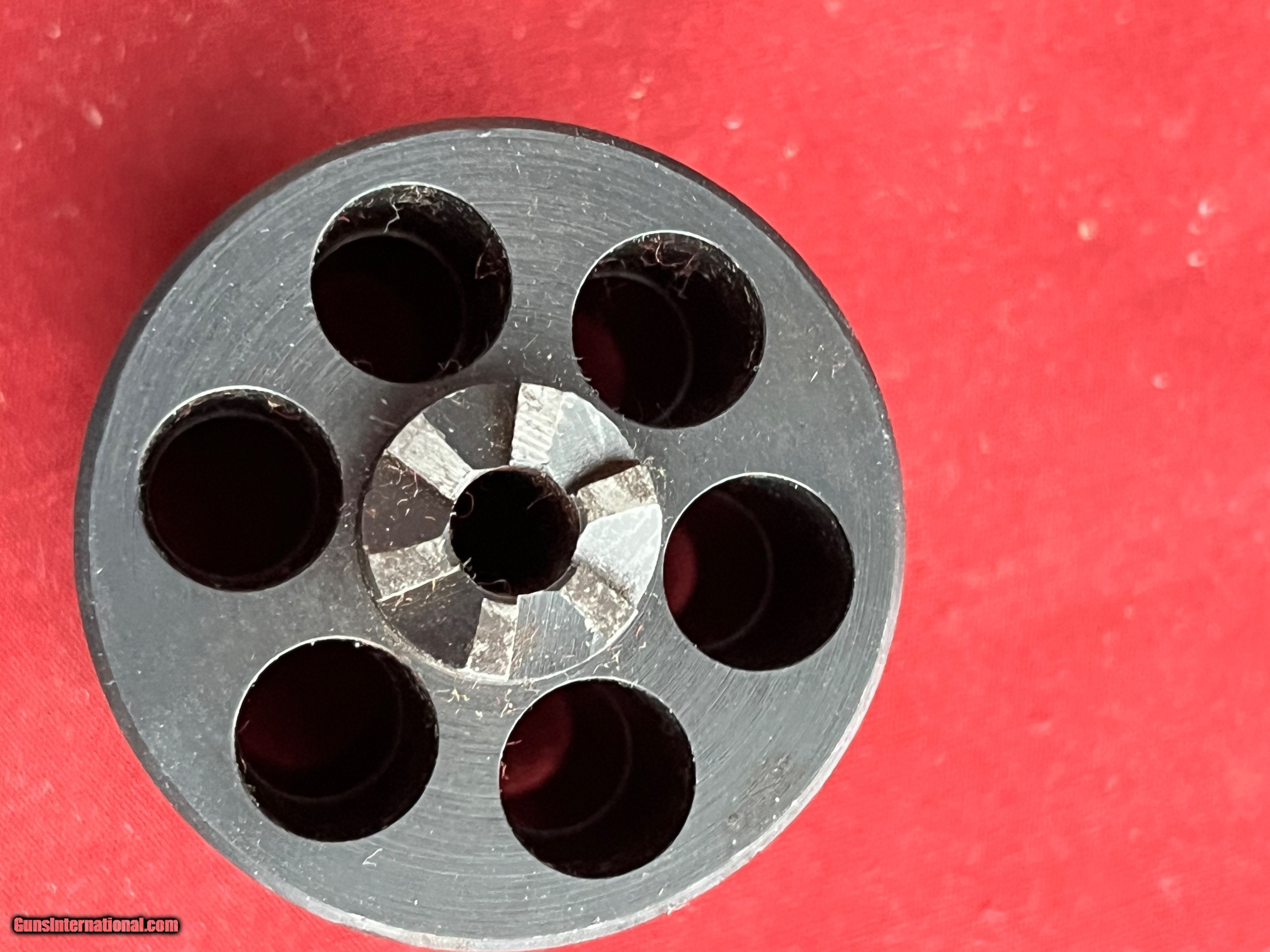On
26 February 2025 at 10:12 JasonB Said:
On
25 February 2025 at 15:59 JasonB Said:
Dave, if you used the 26 ratchet teeth that you say you want rather than about half that,then you won’t get the big flat pie shaped top pieces.
Ah but remember I like to solve the general problem, not just one-offs. Although my example calls for 26 teeth, if there is an answer, it should cover any number of teeth. There’s an Enigma machine that only does digits, which would need a 10-toothed ratchet. And a revolver needs 6. The Germans dodged the problem on Enigma with a mechanism that doesn’t need a ratchet of the form I designed. Might be because they looked at the geometry I’m asking about and decided it was too difficult to make.
In which case, I might well be going back to the drawing board.
Dave, I suggest you go to your first model in the openimng post and increase the cicular pattern to 26, it will make quite a difference and you will likely have to modify shape of the “cut”
But that doesn’t cover my requirement “ if there is an answer, it should cover any number of teeth.” Did you miss that?
Also, I see no point in “Maybe Dave can show us some with the end face ratchet.” Is the idea that failing to show ‘proves’ what I’m exploring is fundamentally wrong? If so, that’s an unhelpful misunderstanding.
I’ve said it 3 or 4 times already, but the mechanism as presented in my opening post works. The active part of the ratchet geometry is ‘good enough’. But, exactly as you explained, the way the profile is generated creates a hard to cut double curve. I already knew that! My primary question is how to cut that double curve, not ‘is there another approach or bodge that gets a one-off done’. If the answer is “it’s impossible”, then the alternatives become valuable.
And please don’t get hung up on odometers! My opening post describes the requirement as “odometer-like”, and, in researching odometers for inspiration, I found similar examples. That many odometers don’t have “flat ratchets” is irrelevant. And as I said, the nearest example is the revolver, isn’t that good enough?
Here’s the revolver example again:

Supplemented by this drawing of a Colt pinched off the web. In it, part 4 carries a flat ratchet similar to mine, and it clocks cylinder 3 when pushed by pawl 17, which is attached to hammer 13. The arrangement is no doubt decided by the needs of the rest of the gun’s mechanism. Therefore the tool-room have to meet the design need, not question it, or suggest alternatives that allow part 4 to be made easily but require everything else to change. I expect Samuel Colt sat down with his craftsmen and had a long discussion about this , and then the craftsmen came up with a way!

Other examples have been mentioned by Michael and others: notably in clockmaking. Michael noted the earlier Verge topic failed to answer a similar question, so this is a difficult one.
Can I ask everyone to concentrate on the ‘how to cut it’ question first, rather than denying the need, or altering the use-case to suit a different approach? Please accept that this gear form exists in the real-world, so how was it made? Different approach may well be necessary, but not I’m not there yet.
I’ve tried two CAD methods to solve it. One results in an easy to cut ratchet-like gear that doesn’t meet the requirement well, though it could be tweaked. The other produces a gear that performs, but is hard to cut, maybe impossible. Could be I’ve missed something in Solid Edge that would produce a cut-able form that does meet all the requirements. If it exists I haven’t found it yet!
I own a book that probably explain the geometry, but it’s a heavy theoretical read. I was hoping someone in the team had experience, perhaps a tool-room guy involved in making moulds/jigs/fixtures for gas-meters or similar. Or possibly a clockmaker or gun-maker.
Ta.
Dave
 JasonB.
JasonB.









